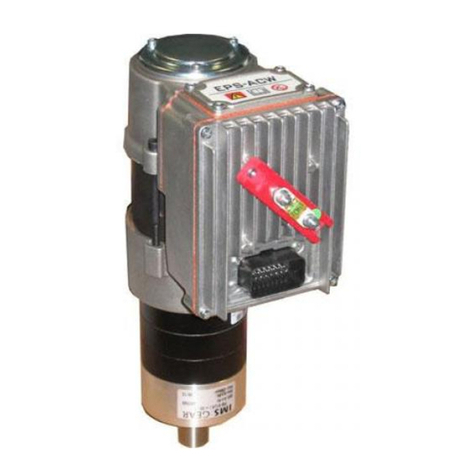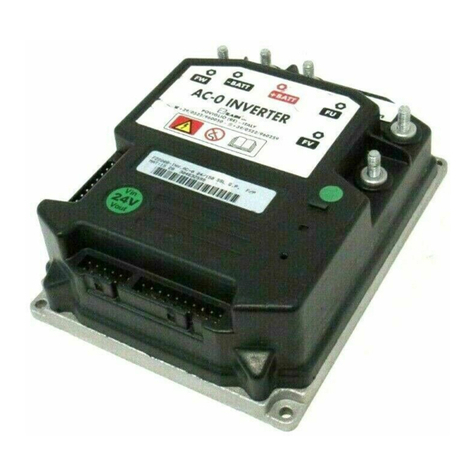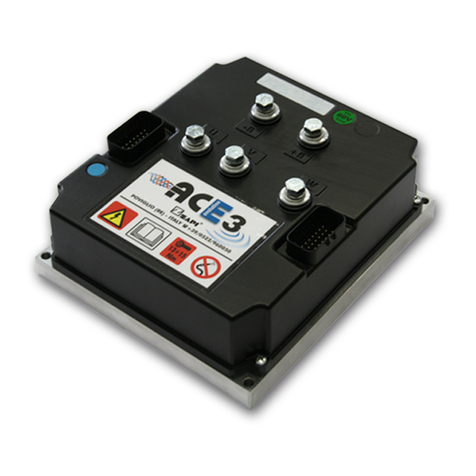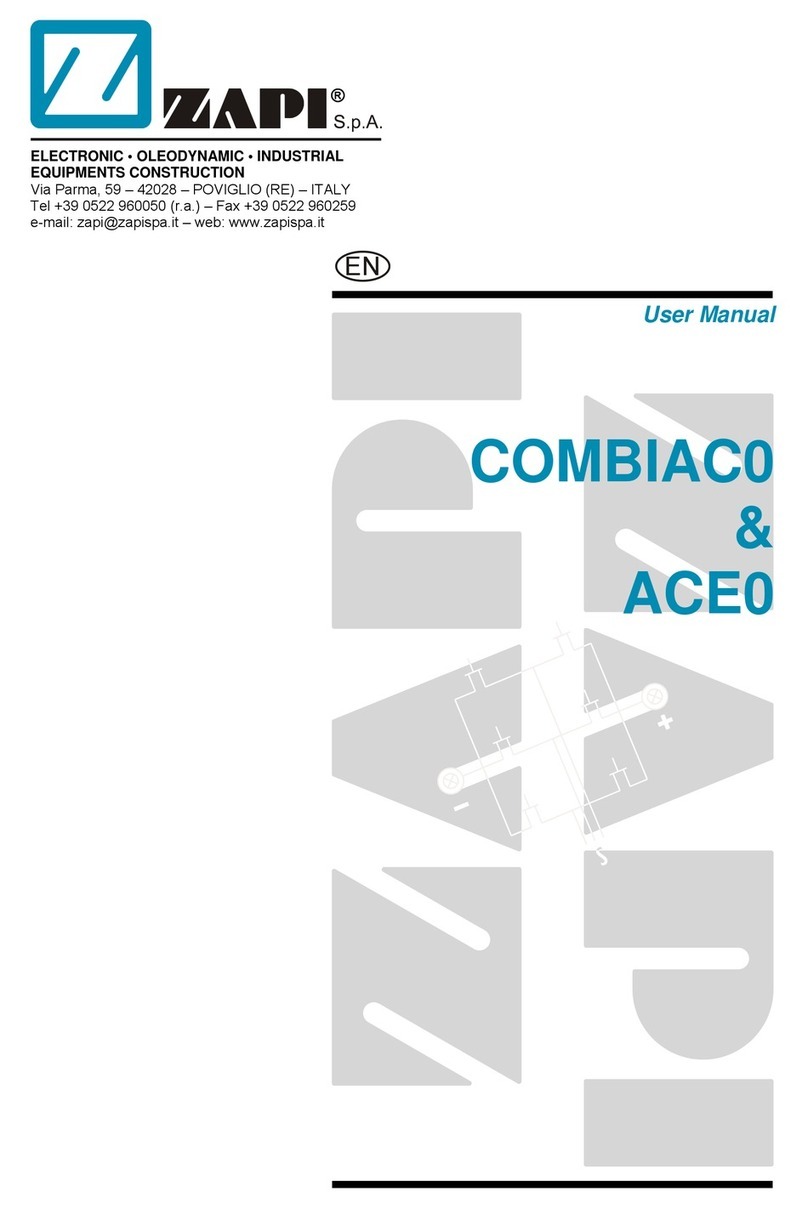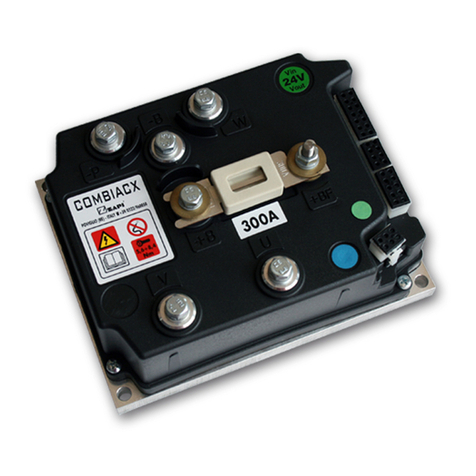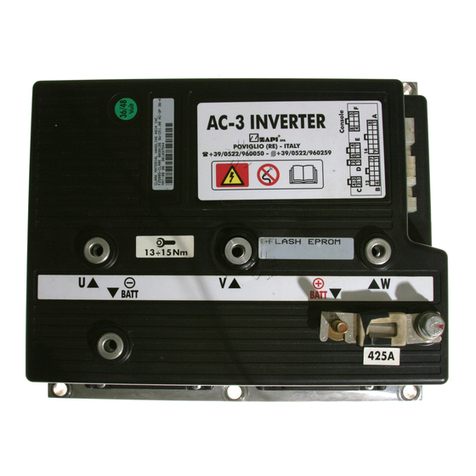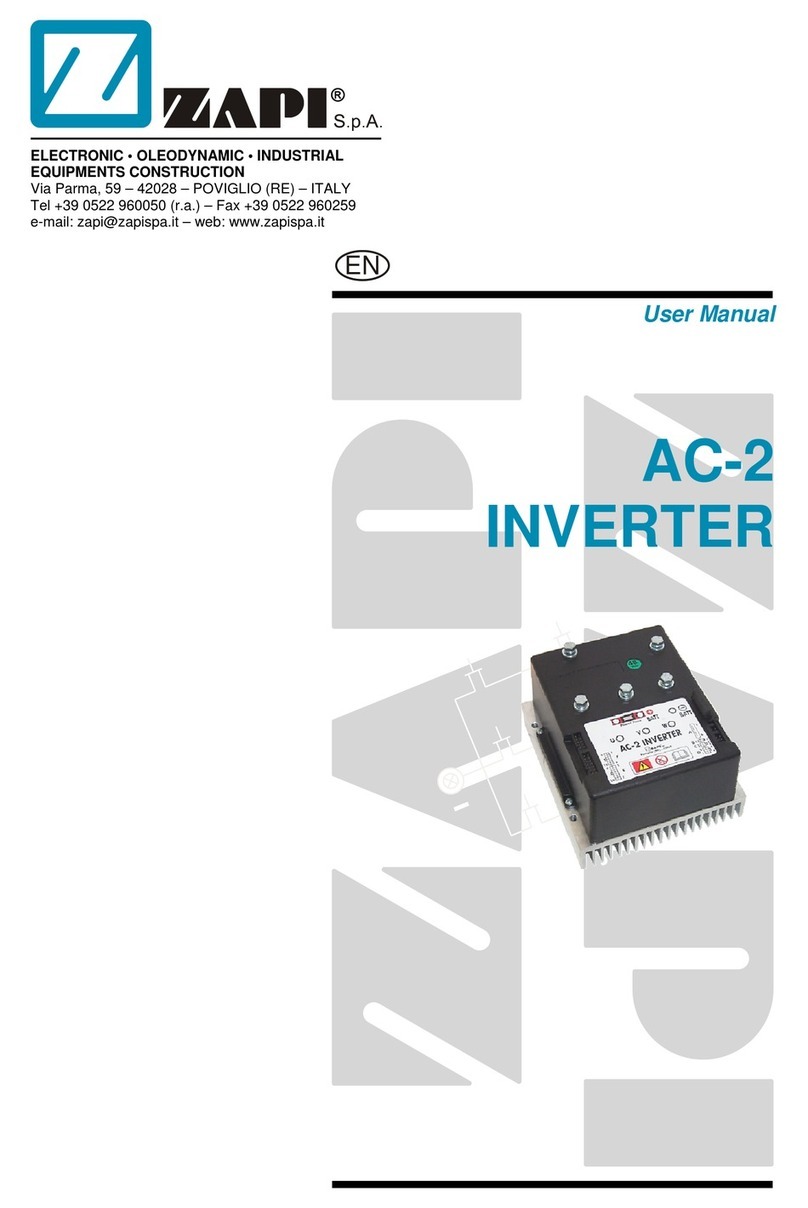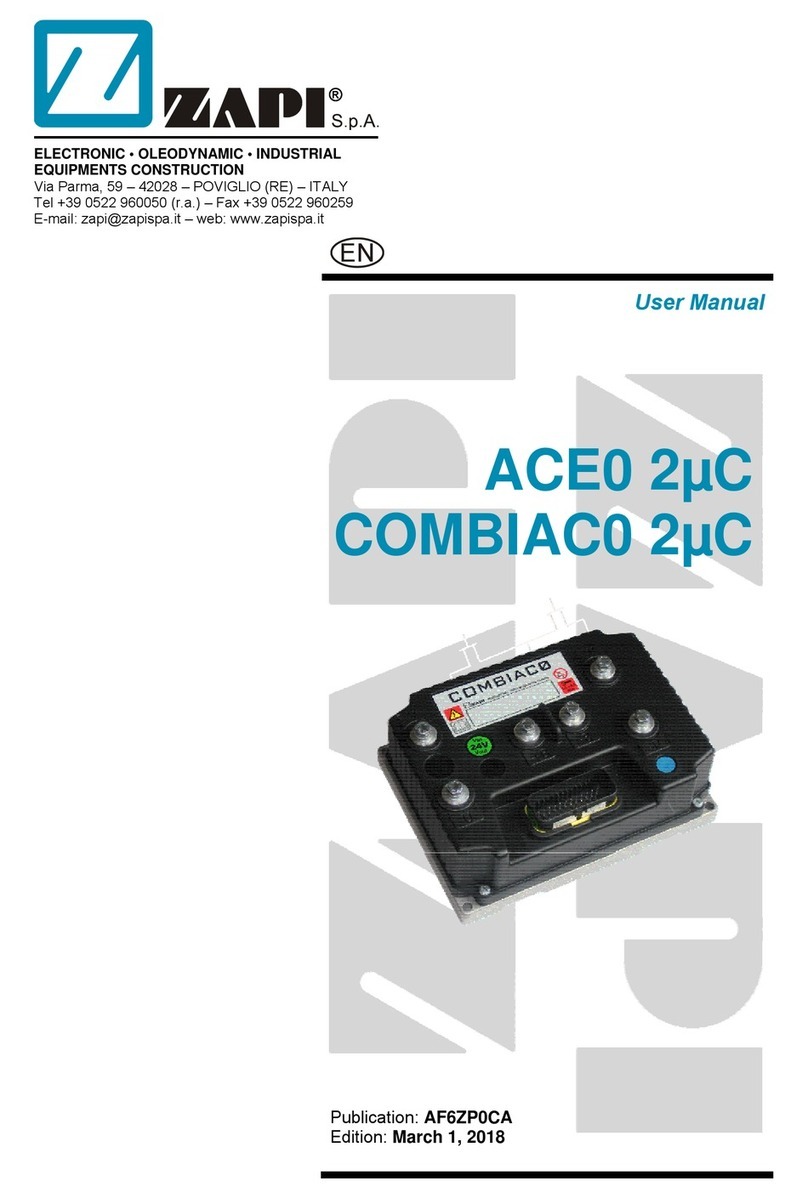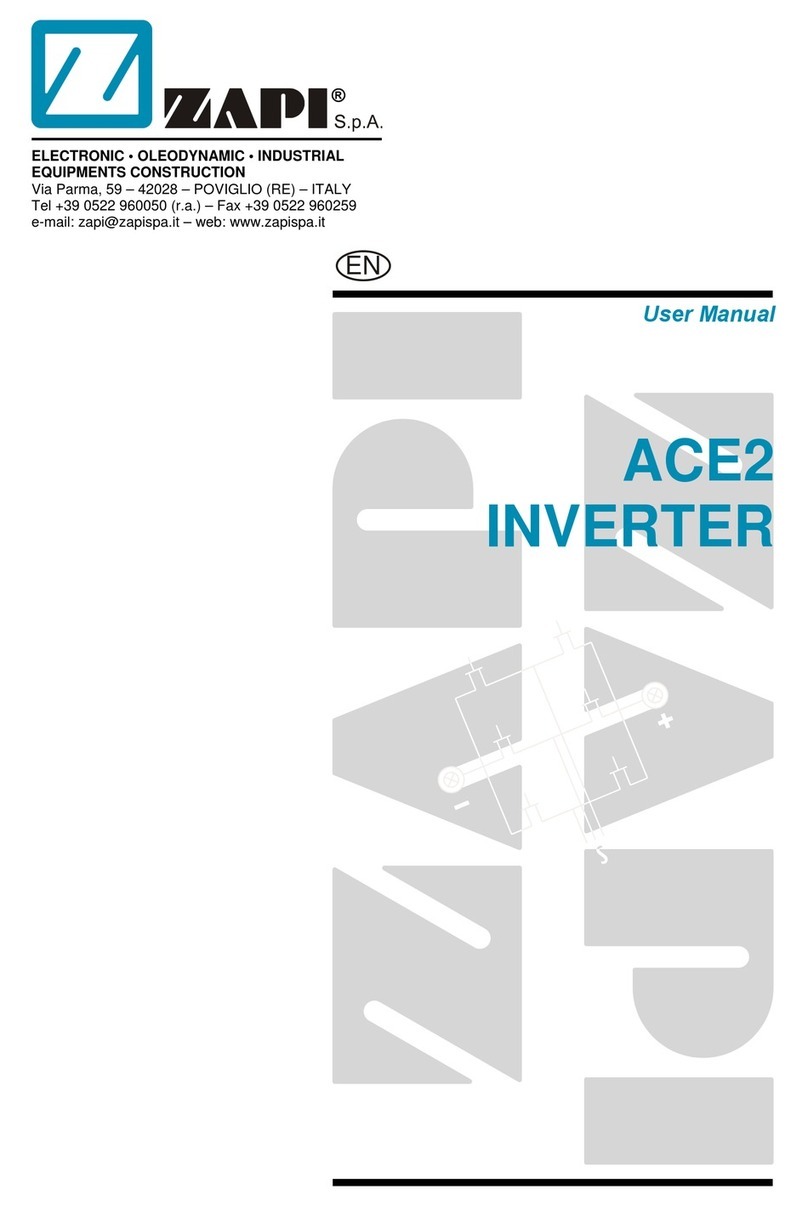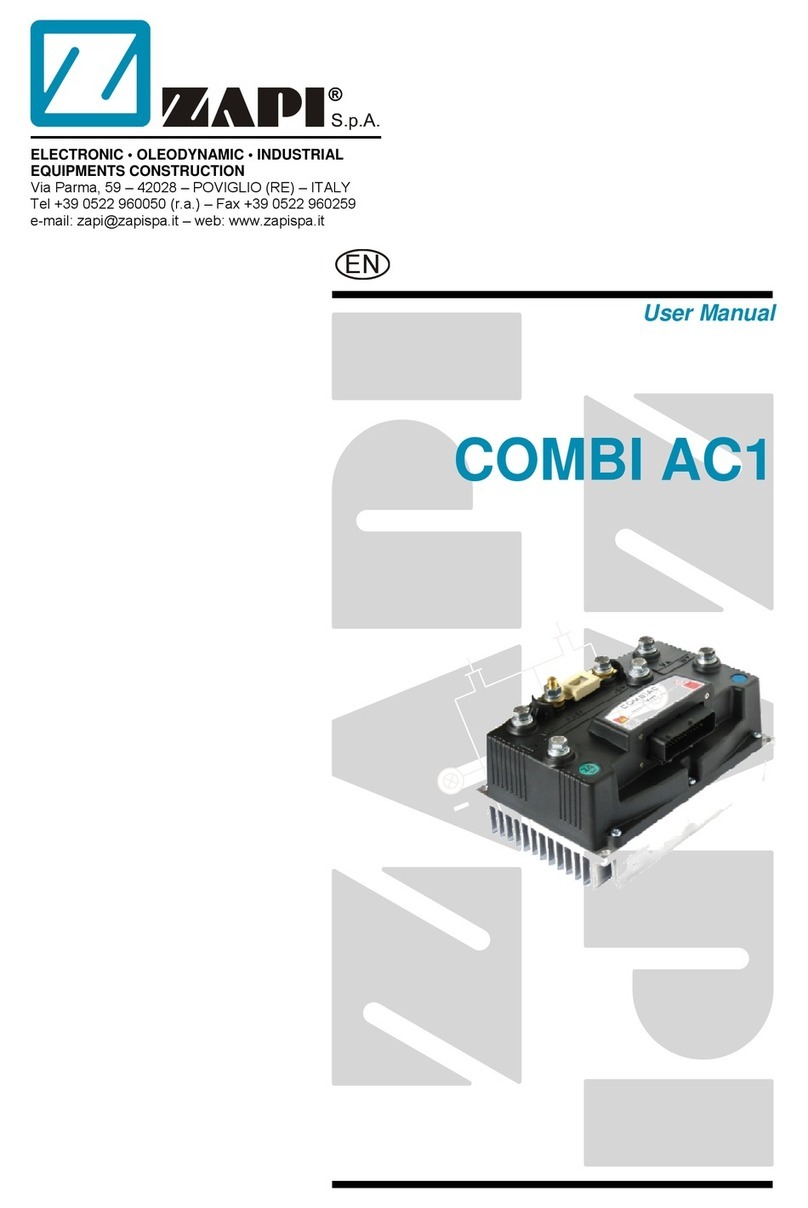
Page 2
5 Programming & Adjustments using Digital Console ......................................... 38
5.1 Adjustments via Console ............................................................................... 38
5.2 Description of Console & Connection ............................................................ 38
5.3 Description of Standard Console Menu ......................................................... 39
5.3.1 "Dualac2" and "Dualac2 Power" menu configuration ............................ 39
5.3.1.a Master ............................................................................................... 39
5.3.1.b Slave ................................................................................................. 40
5.3.2 "Dualac2&hp" and "Dualac2&hp Power" menu configuration ................ 41
5.3.2.a Master ............................................................................................... 41
5.3.2.b Slave ................................................................................................. 42
5.4 Function configuration ................................................................................... 43
5.4.1 "Dualac2" and "Dualac2 Power" - Master ............................................. 43
5.4.2 "Dualac2" and "Dualac2 Power" - Slave ............................................... 46
5.4.3 "Dualac2&hp" and "Dualac2&hp Power" - Master ................................ 47
5.4.4 "Dualac2&hp" and "Dualac2&hp Power" - Slave .................................. 47
5.5 Parameter regulation ..................................................................................... 52
5.5.1 "Dualac2" - Master ............................................................................... 52
5.5.2 "Dualac2" - Slave ................................................................................. 53
5.5.3 "Dualac2&hp" - Master ......................................................................... 54
5.5.4 "Dualac2&hp" - Slave ........................................................................... 55
5.6 Programming console functions .................................................................... 60
5.6.1 Functional configuration (see 5.4) ......................................................... 60
5.6.2 Parameter programming (see 5.5) ....................................................... 60
5.6.3 "Dualac2" and "Dualac2 Power" Tester: user can verify the state of the
following parameters: .................................................................................... 60
5.6.4 "Dualac2&hp" and "Dualac2&hp Power" Tester: user can verify the state
of the following parameters: ........................................................................... 61
5.6.5 Save function (for storing data) --> only with Pc-console ........................ 61
5.6.6 Restore function (for downloading parameters to another controller) -->
only with Pc-console ...................................................................................... 61
5.6.7 Display of the last 5 alarms including hour-meter value and temperature at
the moment of the alarm. ............................................................................... 61
5.6.8 Accelerator range programming ........................................................... 61
5.6.9 See the console manual for a detailed description of function and param-
eters.............................................................................................................. 61
5.7 Sequence for Ac Inverter Traction setting....................................................... 62
5.8 Tester: description of the function .................................................................. 63
5.8.1 "Dualac2" and "Dualac2 Power" - Master ............................................. 63
5.8.2 "Dualac2" and "Dualac2 Power" - Slave ............................................... 64
5.8.3 "Dualac2&hp" and "Dualac2&hp Power" - Master ................................ 65
5.8.4 "Dualac2&hp" and "Dualac2&hp Power" - Slave .................................. 66
6 Other functions ..................................................................................................... 69
6.1 Save and Restore function............................................................................. 69
6.2 Description of Alarms menu .......................................................................... 70
6.3 Description of Console Program Vacc function ............................................. 71






